4 Pastas You’ll Make on Repeat This Spring
These recipes will raise your pasta-cooking game.
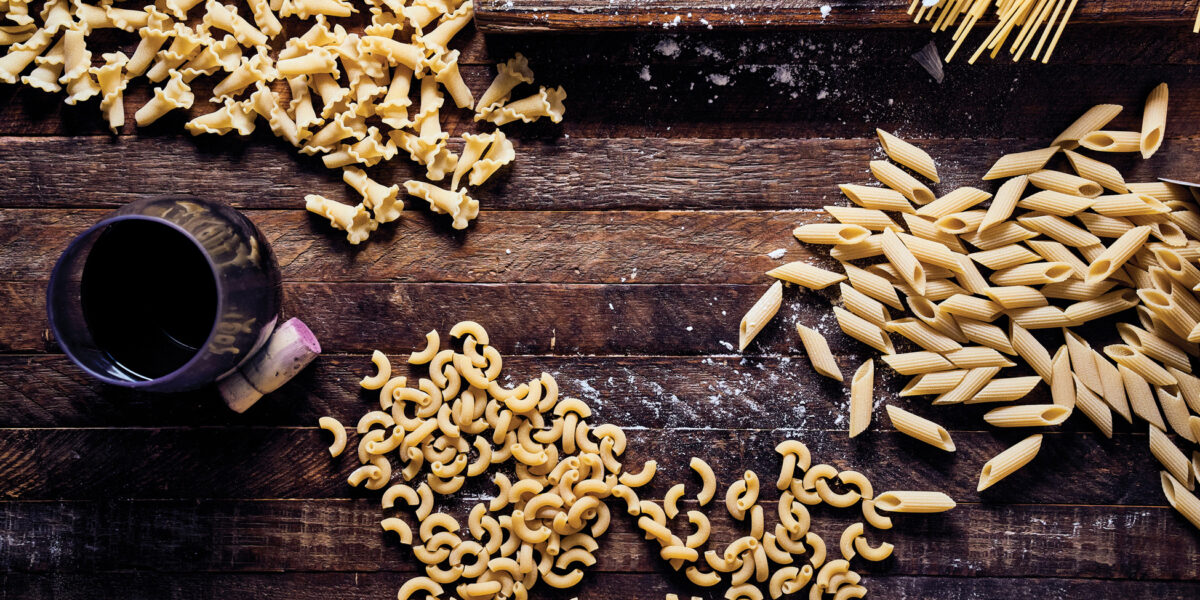
San Francisco Italian food is a Western culinary treasure. While for decades the city was mostly known for the red-sauce pleasures of the old restaurants in the historically Italian enclave of North Beach, a lovely thing happened over the years: The whole Alice Waters-inspired obsession for local ingredients merged with a hyper-regional Italian approach to technique and preparations, and a new kind of California-Italian cuisine was born. Pioneering restaurants such as Pizzeria Delfina (which serves much more than pizza) and A16 (which was inspired by the highway that runs through the Southern Italian region of Campania) set the stage for more restaurants practicing an exacting, ingredient-obsessed kind of cooking.
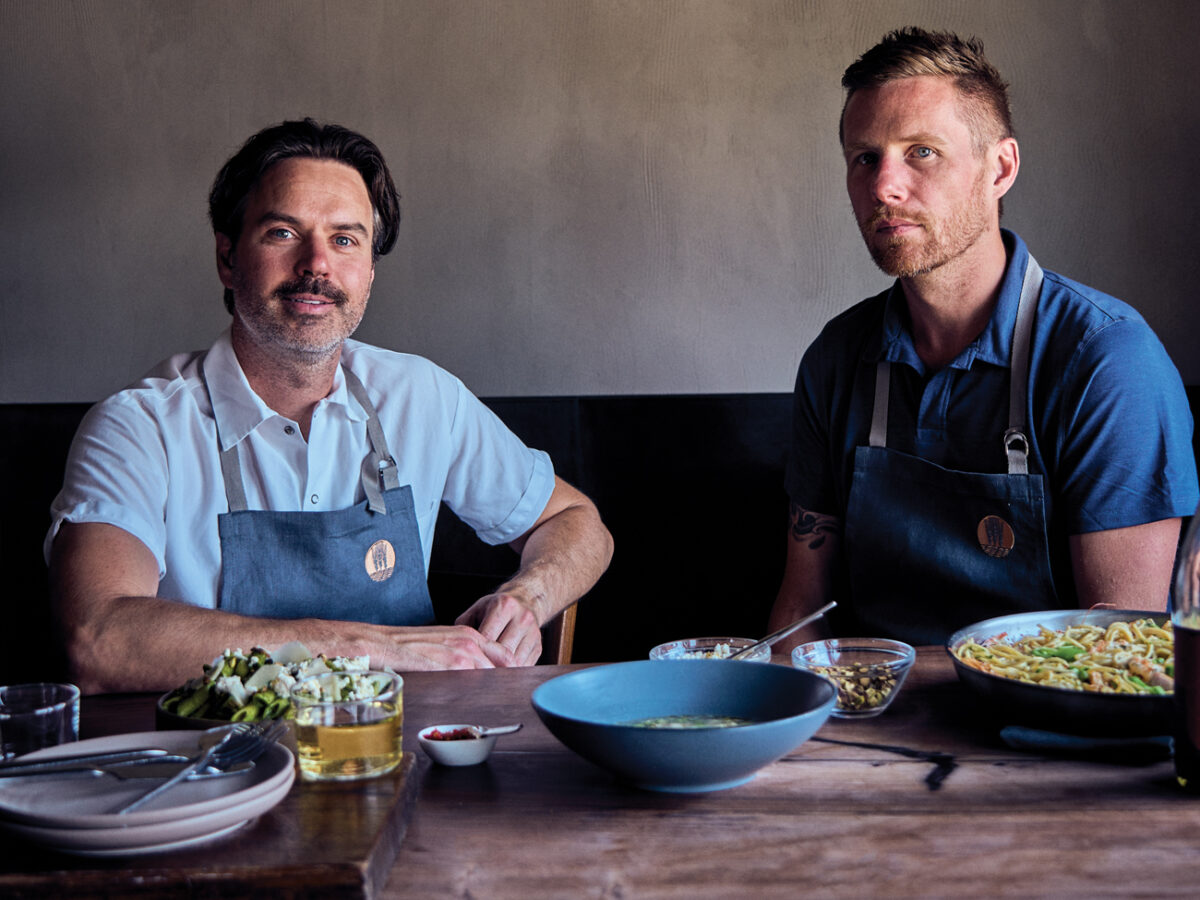
Thomas J. Story
And there is Flour + Water, the Mission district restaurant devoted to perfecting the art of fresh pasta. In inspiration and source material, the restaurant is disciplined and nearly academic. In execution on the plate, the food is simply delicious. Flour + Water is, as its name suggests, elementally about pasta. Chefs Thomas McNaughton and Ryan Pollnow are masters of the craft and know by heart and hand how to make 80 different pasta shapes in-house. Yes, you can order favorites like ravioli and garganelli, but also more obscure regional shapes such as scarpinocc and sorprese.
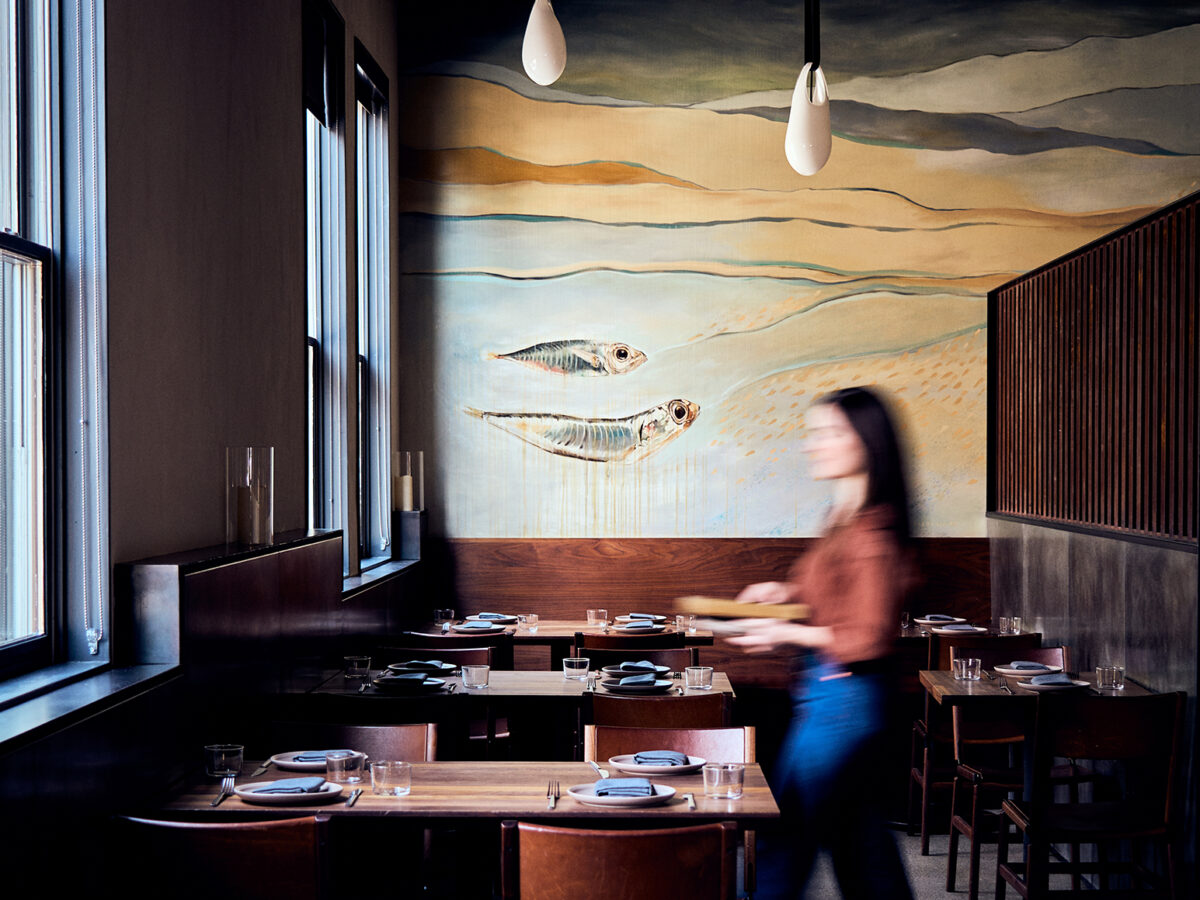
Thomas J. Story
The nuances start with these shapes that succeed or fail based on knead time, humidity, and the quality of the flour. So each night, when these fresh pastas are made, diners experience a fleeting period of pasta perfection. This is further elevated by the ingredients that grace these building blocks. Horseradish gremolata brightens an earthy saffron ravioli, charred Treviso and butternut squash and braised pork ennoble garganelli. So when McNaughton and Pollnow perfected their dried pasta game and launched a Flour + Water line of pastas in popular shapes, fans and home cooks rejoiced.
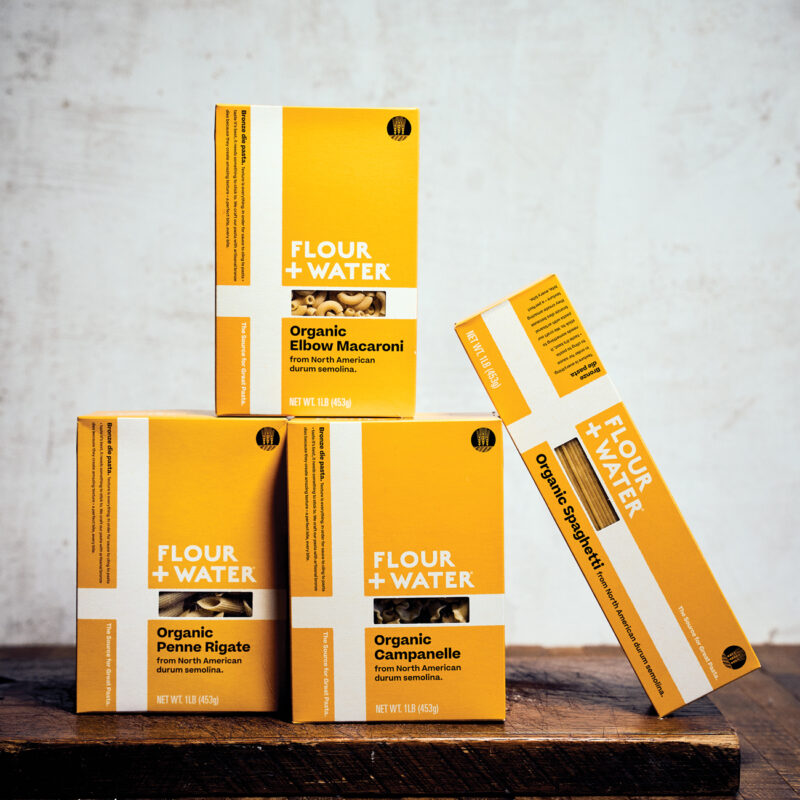
Thomas J. Story
The pastas are made with bronze dies, which produce noodles with a slightly textured surface that allows sauce to cling to it, transmitting more flavor to the palate than a smooth pasta made on the Teflon-coated dies used for most commercial pasta. The wheat is organic semolina grown on farms that practice regenerative agriculture, which emphasizes returning nutrients to the soil to reduce the carbon imprint of the growing process. The company has partnered with the organization Zero Foodprint and contributes one percent of the sale of each box of pasta to farms practicing regenerative agriculture. Yes, this is good for the planet, but it also produces a more flavorful wheat that makes the pasta better on the plate.
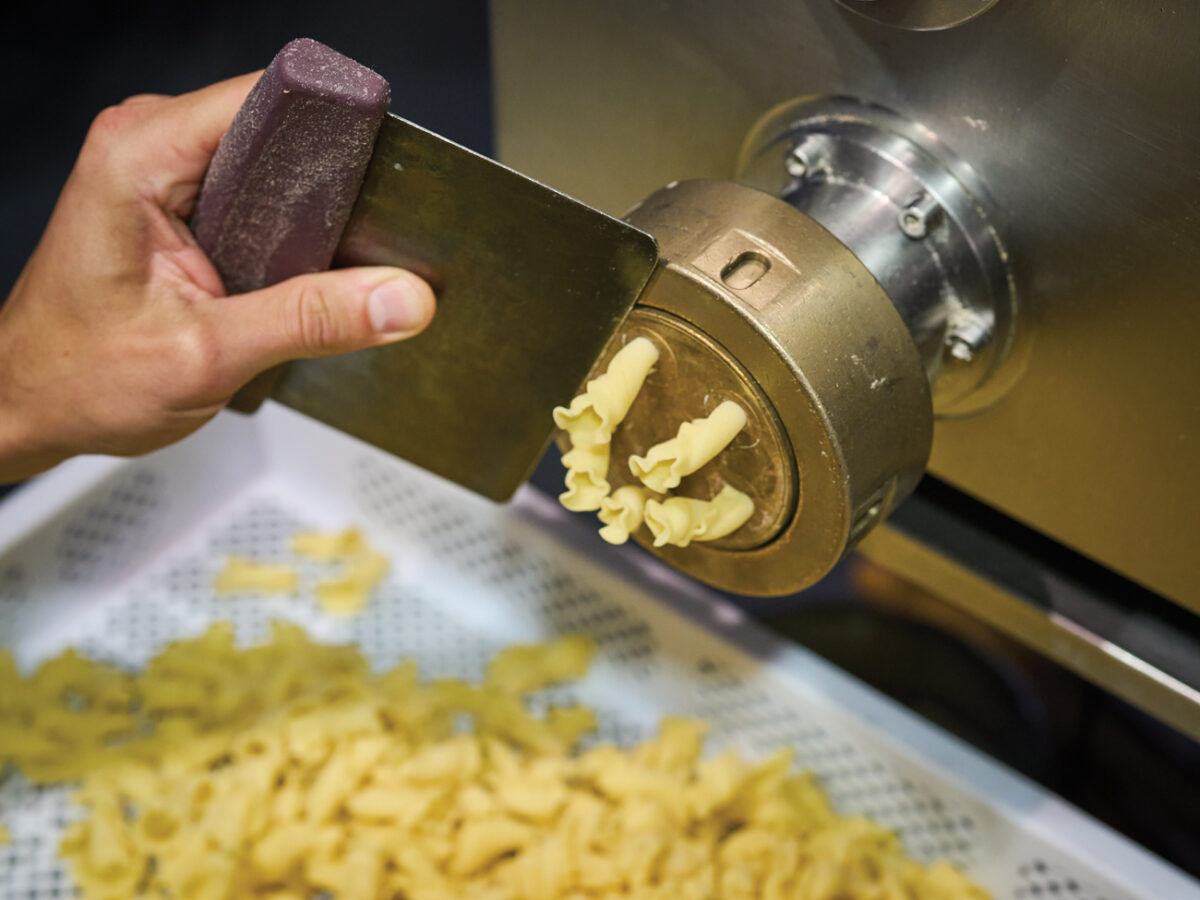
Thomas J. Story
Any diner who’s eaten at Flour + Water has had their mind expanded by the experience of tucking into a bowl of noodles where the convergence of sauce, sourcing, cooking, and presentation has reached a new bliss-inducing expression. And the pastas below will similarly alter your perception of home-cooked pasta, thanks to the matching of shape with sauce and other cheffy flourishes that help transmit flavor. Pesto is made with pistachio and enriched with cream to help the sauce cling to the ridges of the penne. A bit of fish sauce can be added to the shrimp pasta to punch up the briny flavor of the seafood. Parmigiano Reggiano rinds infuse the broth in the macaroni soup.
At the restaurants, we actually use SoSalt sea salt from Sicily, but kosher salt is more accessible for the average home cook. Since it doesn’t change the finished flavor of the pasta greatly, we recommend Diamond Crystal brand.”
And the water is salted just so. You’ll note the abundant use of salt. While many cooks think of salt in tablespoons, the Flour + Water team recommend ¼ cup for 4 quarts of water. That’s a lot, but when you’ve spent this much time obsessing about the quality of pasta, you want to taste it. This level of salinity essentially seasons the pasta from the inside as it cooks and absorbs the salted water. (Be sure to use Diamond Crystal brand, which has the right coarseness of grain. Other brands can be too salty). Such is the precision required for Flour + Water pasta perfection.
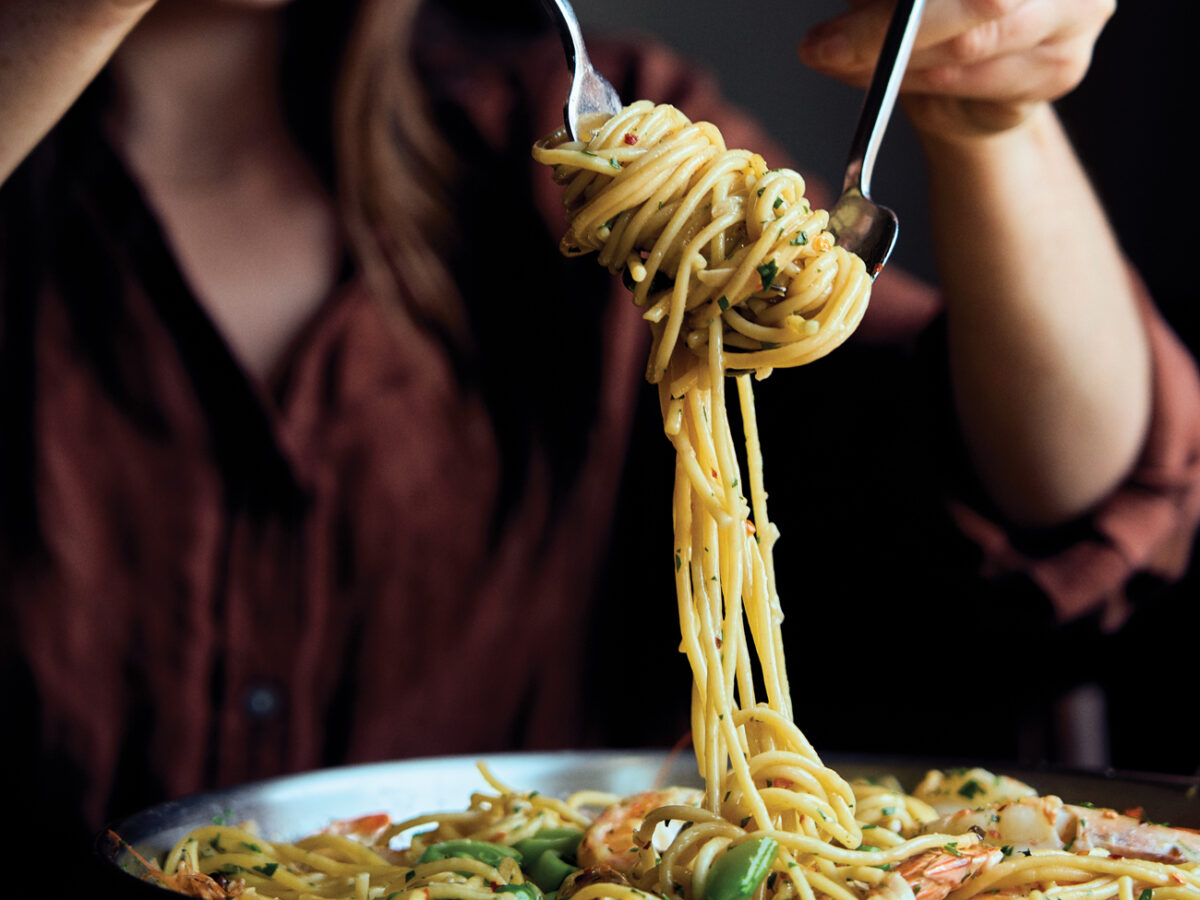
But don’t take our word for it. Procure their pastas and cook up the best San Francisco-California-Italian dishes you’ll eat this spring.

